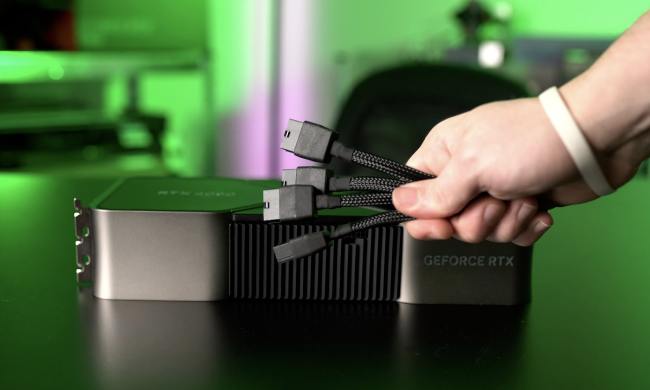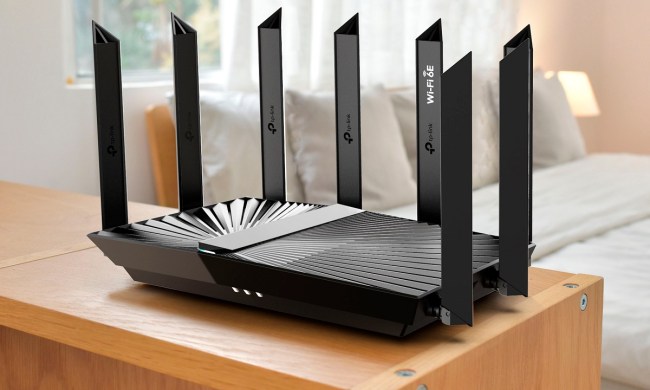A week after Serif announced beta testing for the Windows version of Affinity Photo, the company’s Photoshop competitor, it’s bringing the same cross-platform compatibility to its graphic design platform. The toolset for Affinity Designer, the best-selling design app from the Apple store that was named the Mac App of the Year in 2015, is now available for Windows users.
Where Affinity Photo is designed for editing existing images, Affinity Designer develops digital designs from scratch with vector tools, type, art boards and color management. The Nottingham, England-based company says that Mac users can craft anything from logos to user interface design and web graphics using the program.
The Windows version brings the same features of previous Mac options to another operating system. “What might surprise some people is that the Windows version shares exactly the same back-end code as our Mac version,” said Ashley Hewson, Serif managing director. “Not only does this mean perfect cross-platform file compatibility, it means the same memory management and rendering technology which give Affinity Designer its blistering speed.”
According to Serif, Affinity Designer uses non-destructive editing effects, which means users can undo one of the first adjustments they made without redoing every change that’s happened since. Users can also save their design’s history, so that undo button still works even after the file has been closed and reopened.
The platform is also capable of handling PSD, SVG, EPS, PNG and PDF files. Users with Windows 7 and above can also now enjoy 10 million percent zoom and an adjustable preview for standard and retina screens.
“When we launched Affinity Designer, we never expected the impact it has made. Seeing it so widely adopted by designers around the world — and all the incredible work people are creating with it — has been such a rewarding experience for the team here,” Hewson said. “We’ve released many updates to Affinity Designer since launch, adding hundreds of new features which users asked for. But by far the biggest single request has been for the Windows version, so we’re delighted to finally deliver that.”
Affinity Designer for Windows will sell for a one-time price of $49.99, after a $10 discount, until Nov. 24 to celebrate the launch.



